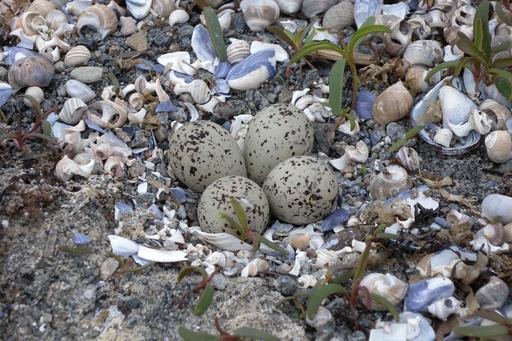
Evolutionary ecology and conservation aspects of natural bird populations
Short description
We investigate how ecological, genetic and other factors influence behaviours and population development in birds. We are particularly interested in shorebirds (waders) – a group of birds that show unique variation in reproductive behaviours and dispersal. Since shorebird populations decline in many places, our studies also yield knowledge of factors determining the long-term survival of small and endangered populations.
Members
Donald Blomqvist, PI/researcher
Veli-Matti Pakanen, postdoc (previously University of Oulu, Finland)
Lars-Åke Flodin, biologist, County Administration Board of Halland
More about our research
We study how mate choice and the mating system (number of partners) are affected by reproductive success, ecological factors, and genetic variation. Our research also include dispersal during the breeding season (philopatry vs. site change) and variation in life-history traits such as reproductive investment, life span, and ageing. Genetic variation and structure of the population is both a cause and consequence of the processes that we study.
Our research focuses on detailed long-term studies of shorebirds (waders) – a group of birds that show strongly declining populations over large geographical areas. It therefore also contributes to increased knowledge of factors influencing the dynamics and extinction risk of endangered populations. Several of our research findings have also proved to be valuable for the protection and management of such populations.



